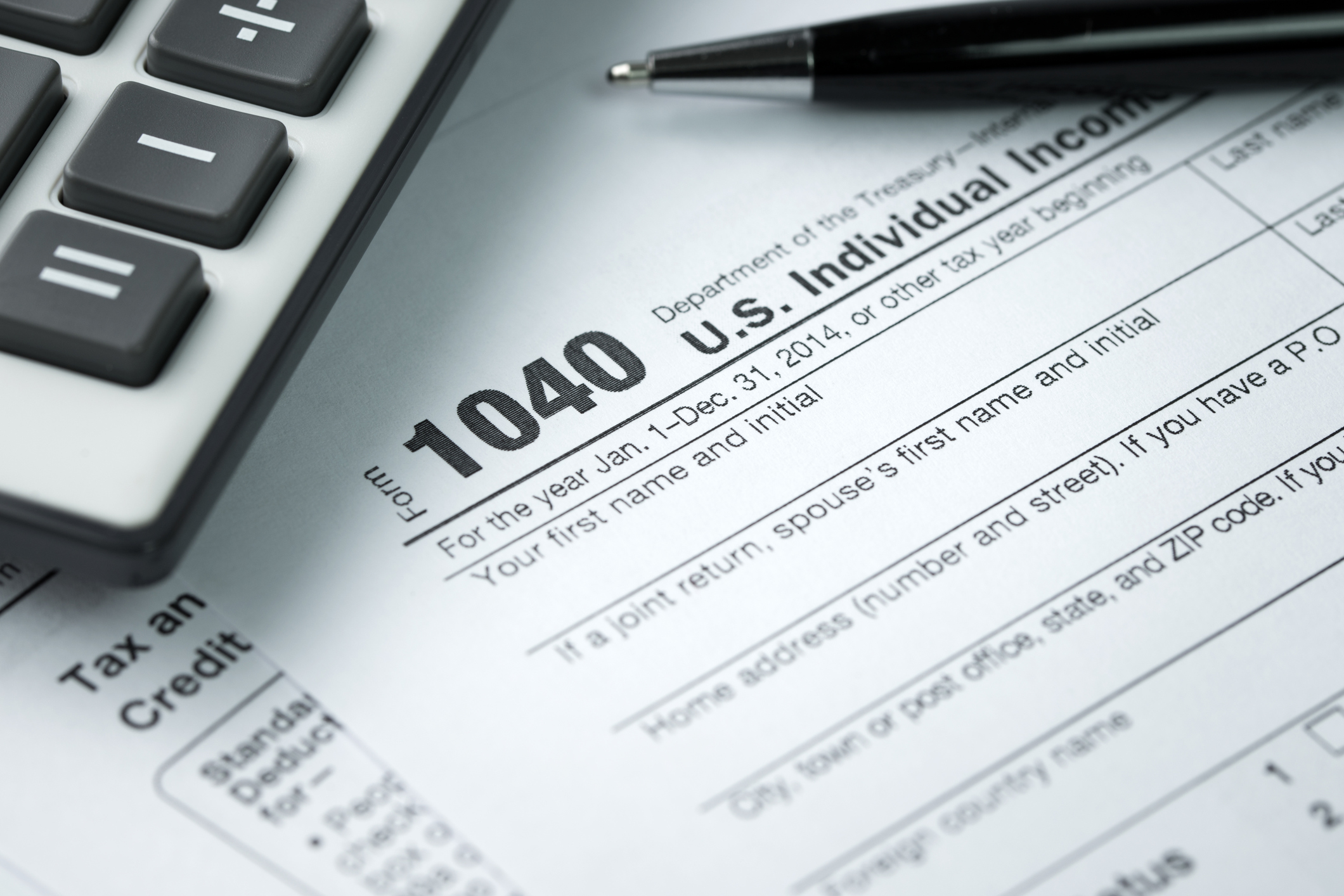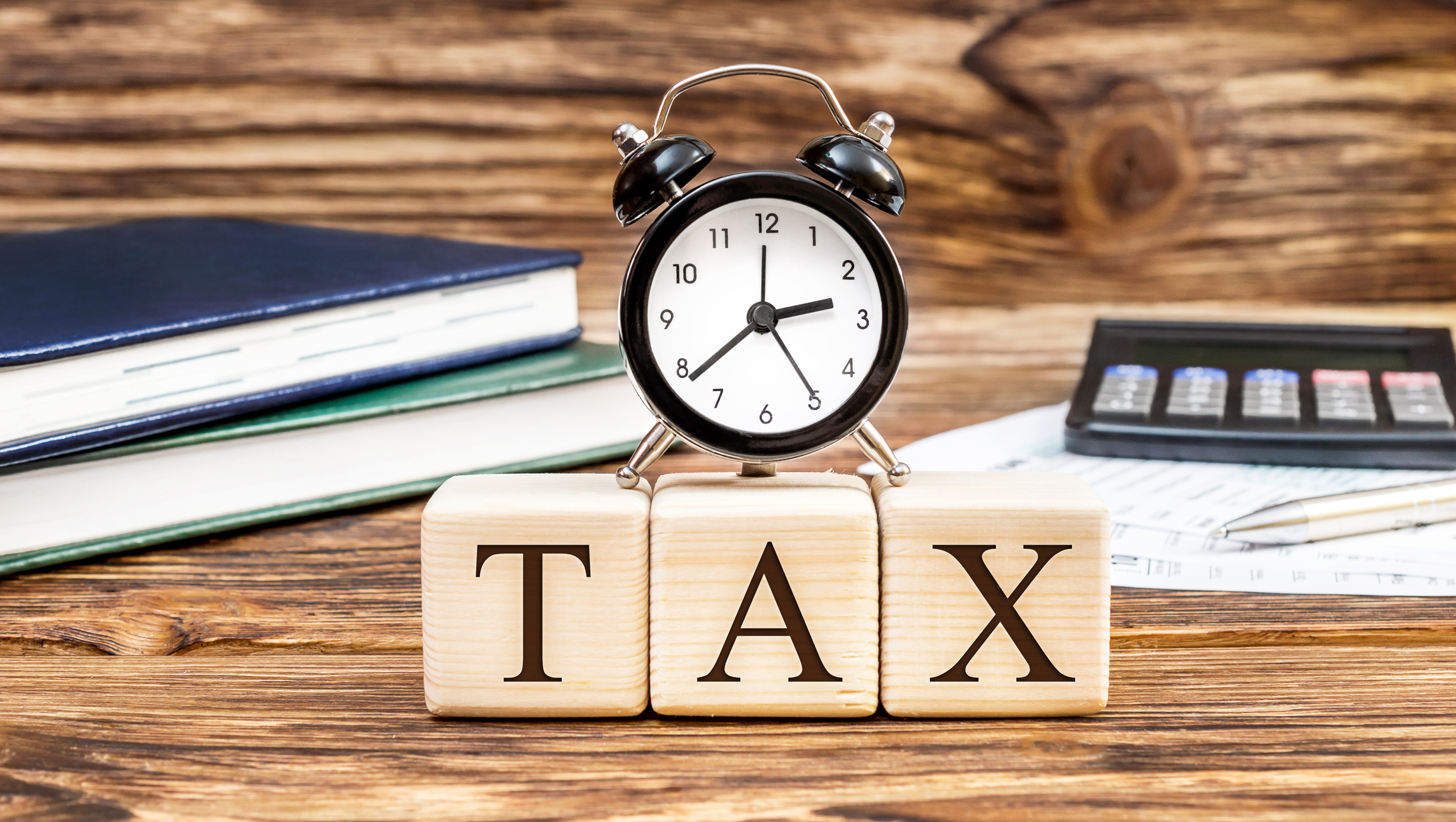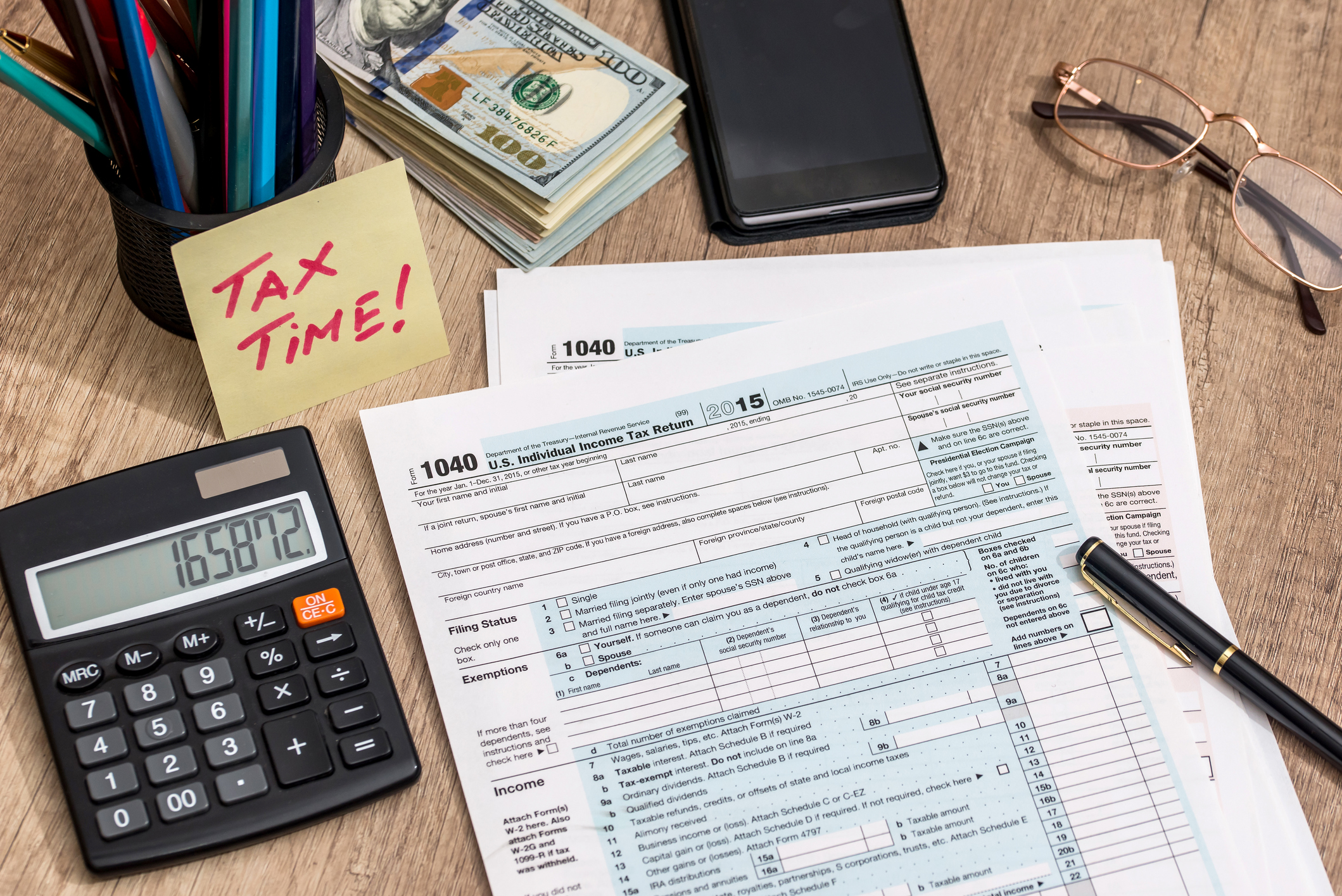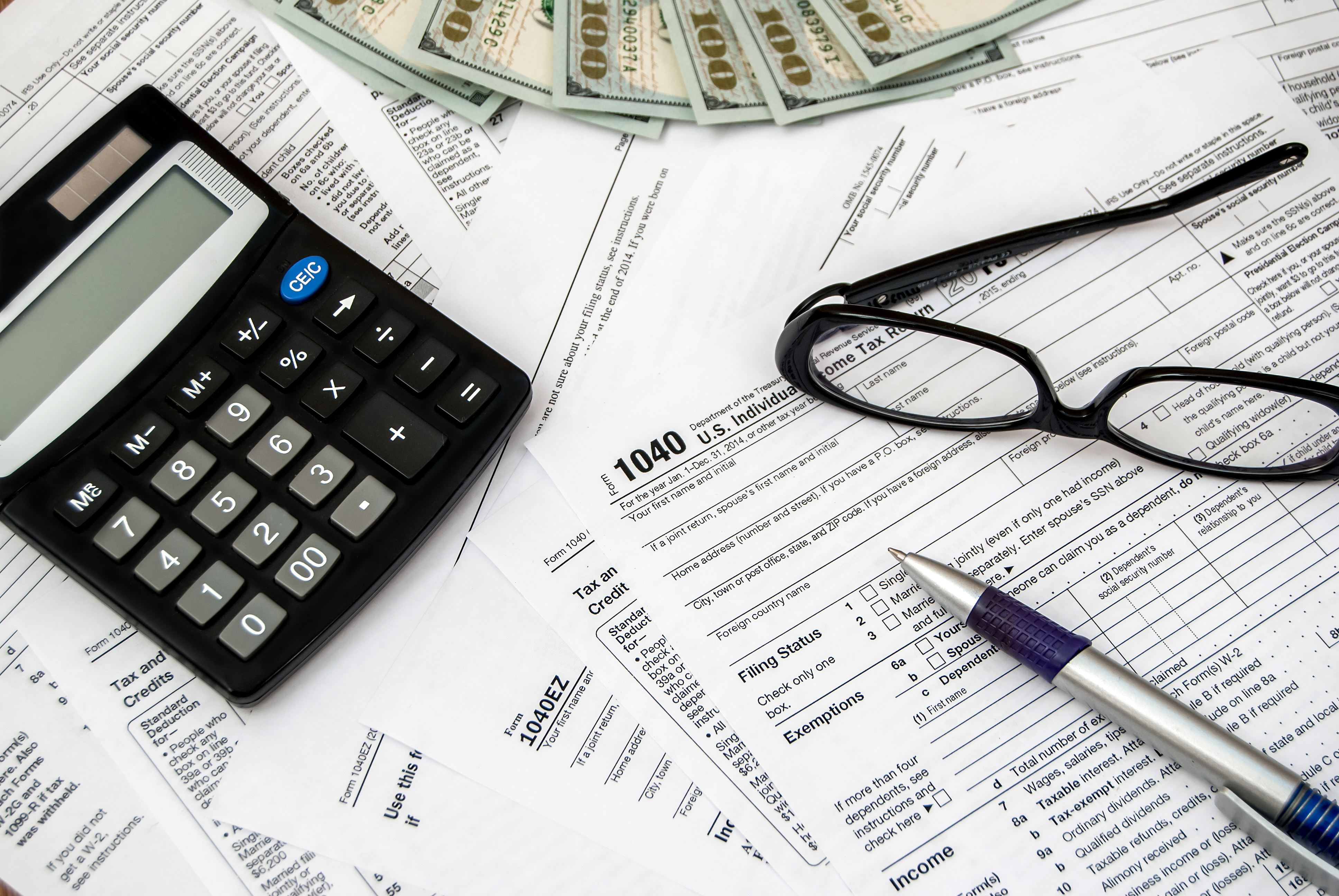Treasury yield is the annual interest rate on a U.S. Treasury security. It's the amount the federal government pays on a debt obligation and the annual return the holder of that debt earns. For example, if a 20-year Treasury bond has a 5% yield, the investor would earn a 5% return on the bond's face value every year.
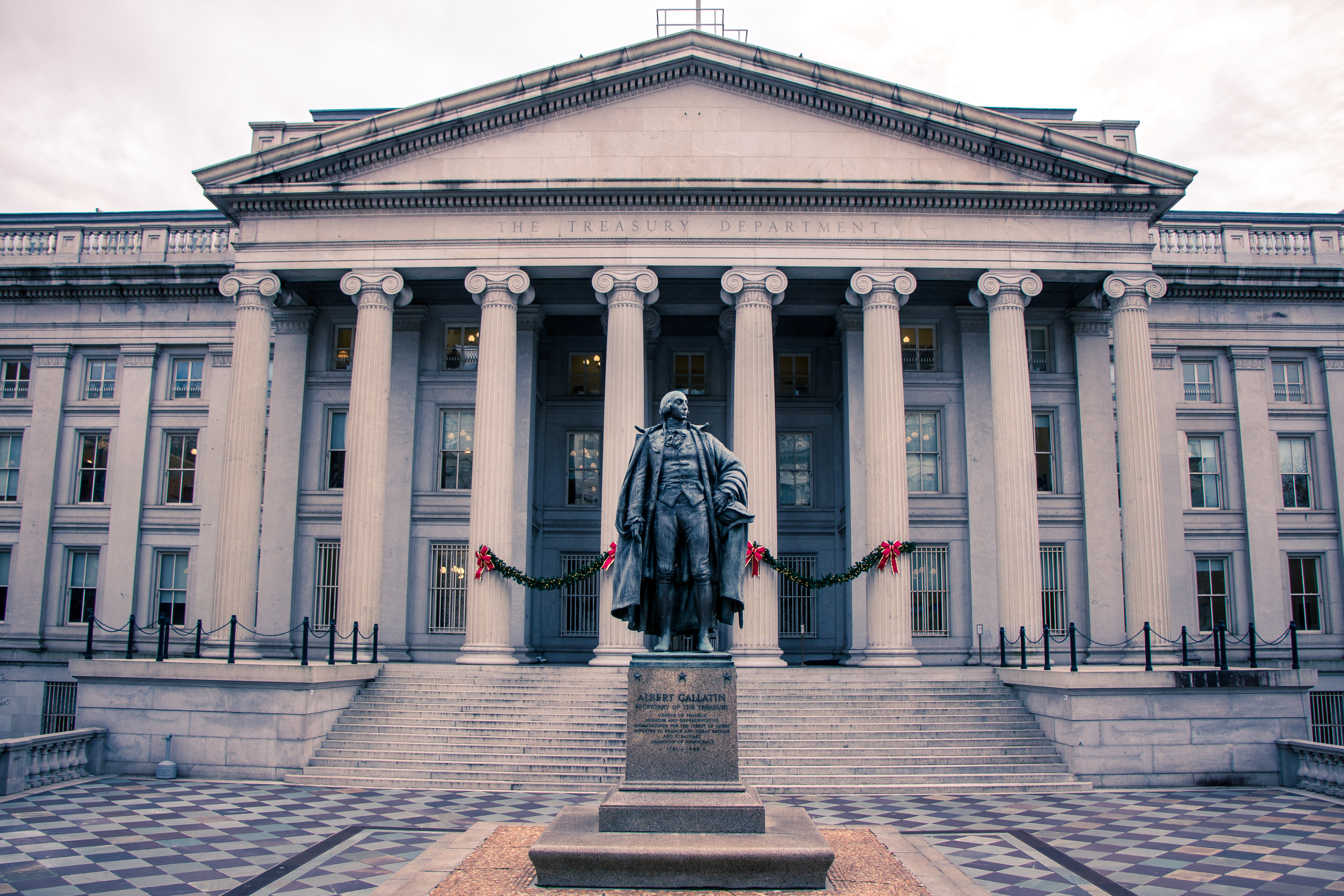
Understanding Treasury yield
The U.S. government borrows money by issuing securities through the Department of the Treasury. It offers securities with terms as short as four weeks to as long as 30 years and pays interest to the buyer.
Yields vary depending on the length of the security. Longer-term Treasurys generally have higher interest rates than shorter-term ones because the buyer is tying up their money for more time and exposing themselves to greater interest rate risk. However, this isn't always the case.
What determines Treasury yields?
The main factor that determines Treasury yields is interest rates, specifically the federal funds rate. When the federal funds rate is high, borrowing money costs more, and Treasury yields rise as a result.
Like just about any other asset, Treasurys are affected by supply and demand. Investors often turn to these government-backed securities during times of economic uncertainty. Higher demand pushes prices higher, but it also means Treasury yields are lower because bond prices and yields are inversely related.
Imagine a Treasury with a face value of $1,000 and a yield of 4%, meaning it pays $40 in annual interest. Due to increasing demand, the price rises to $1,050. Since the Treasury still pays $40 per year, the yield has decreased to 3.8%. On the other hand, if the price fell to $950, the yield would go up to 4.2%.
How investors can use Treasury yields
Treasury yields are important for investors who want a safe place to put their cash. If you have money you'd like to grow with minimal risk, Treasurys are one of the best options since they're backed by the full faith and credit of the U.S. government. You can use yields to calculate how much interest you'll earn and to decide how long of a Treasury to get.
Even if you're not planning to invest in Treasury securities, Treasury yields can help you gauge the overall economic outlook. The Treasury yield curve, which represents the yields paid by short-term and long-term Treasurys, is used in forecasting growth, inflation, and the possibility of a recession.
Under normal circumstances, the Treasury yield curve slopes upward, which indicates that longer-term Treasurys have higher yields than shorter ones. An upward curve is a sign that investors are confident in the economy.
On the other hand, if short-term Treasurys have higher yields, the result is an inverted yield curve that slopes downward. An inverted yield curve is considered an indicator of a recession, although it isn't always accurate. The logic is that investors are willing to accept lower rates on long-term Treasurys because they're worried that yields could get even lower in the near future.
Related investing topics
Historic Treasury yield curves
In 1981, the Treasury yield curve was heavily inverted. The federal funds rate was 19.1%, whereas the 30-year Treasury yield was 12.1%. Investors who wanted to lock in a long-term rate had to accept 7 percentage points less. In this case, the inverted yield curve proved to be a reliable predictor of a recession, which lasted until November 1982.
For an example of the opposite, jump ahead a decade to 1992. Long-term yields outpaced short-term yields by 5 percentage points, a strong sign of investor confidence. The U.S. economy underwent a major expansion for the rest of the decade.

